Photo essay: Harvesting livelihood from dying Kashmir Lake
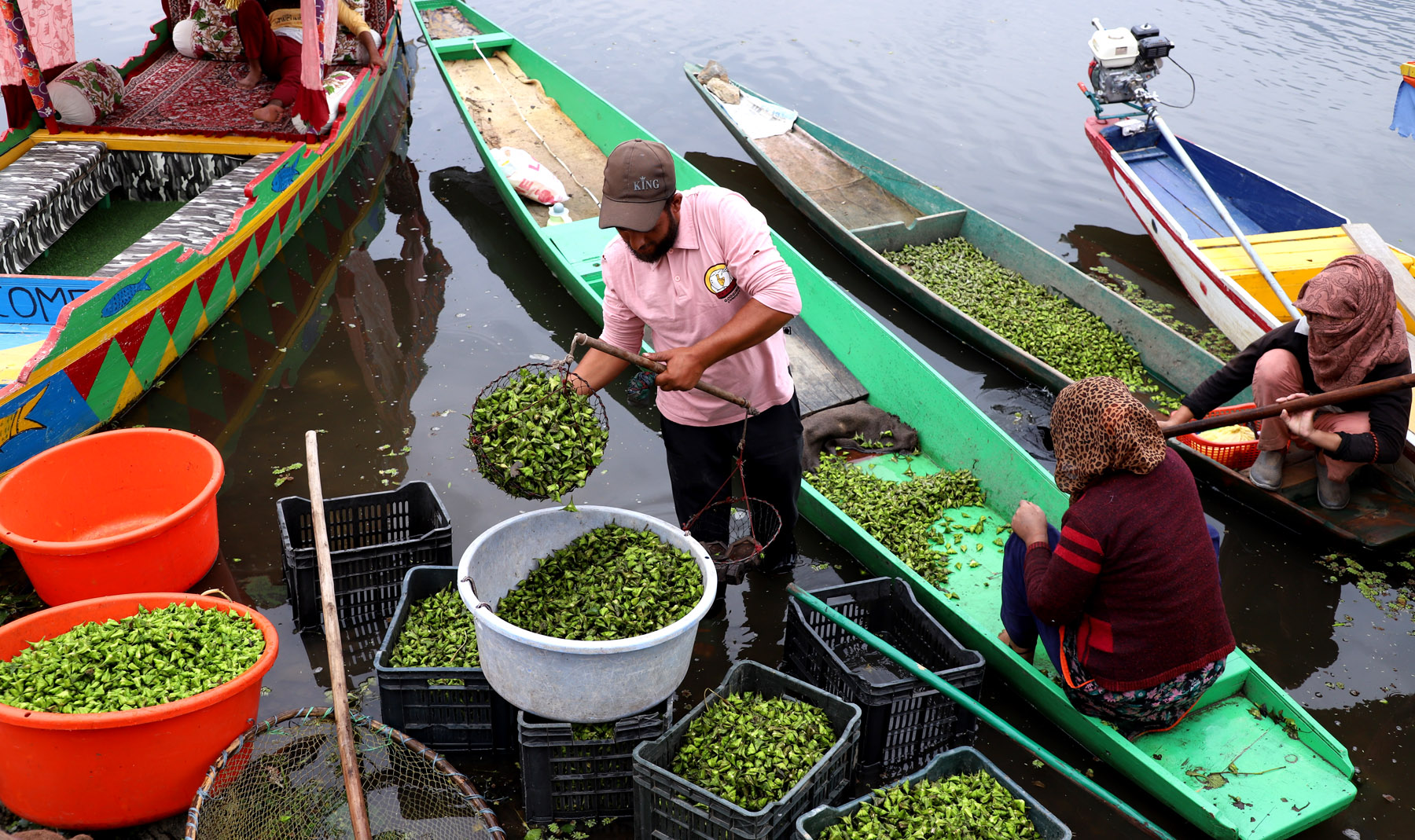
Bandipora, Aug 28: Abdul Majeed Dar, a resident of Aloosa in north Kashmir’s Bandipora is worried about his and the livelihoods of thousands others dependent on the once pristine Wular Lake.
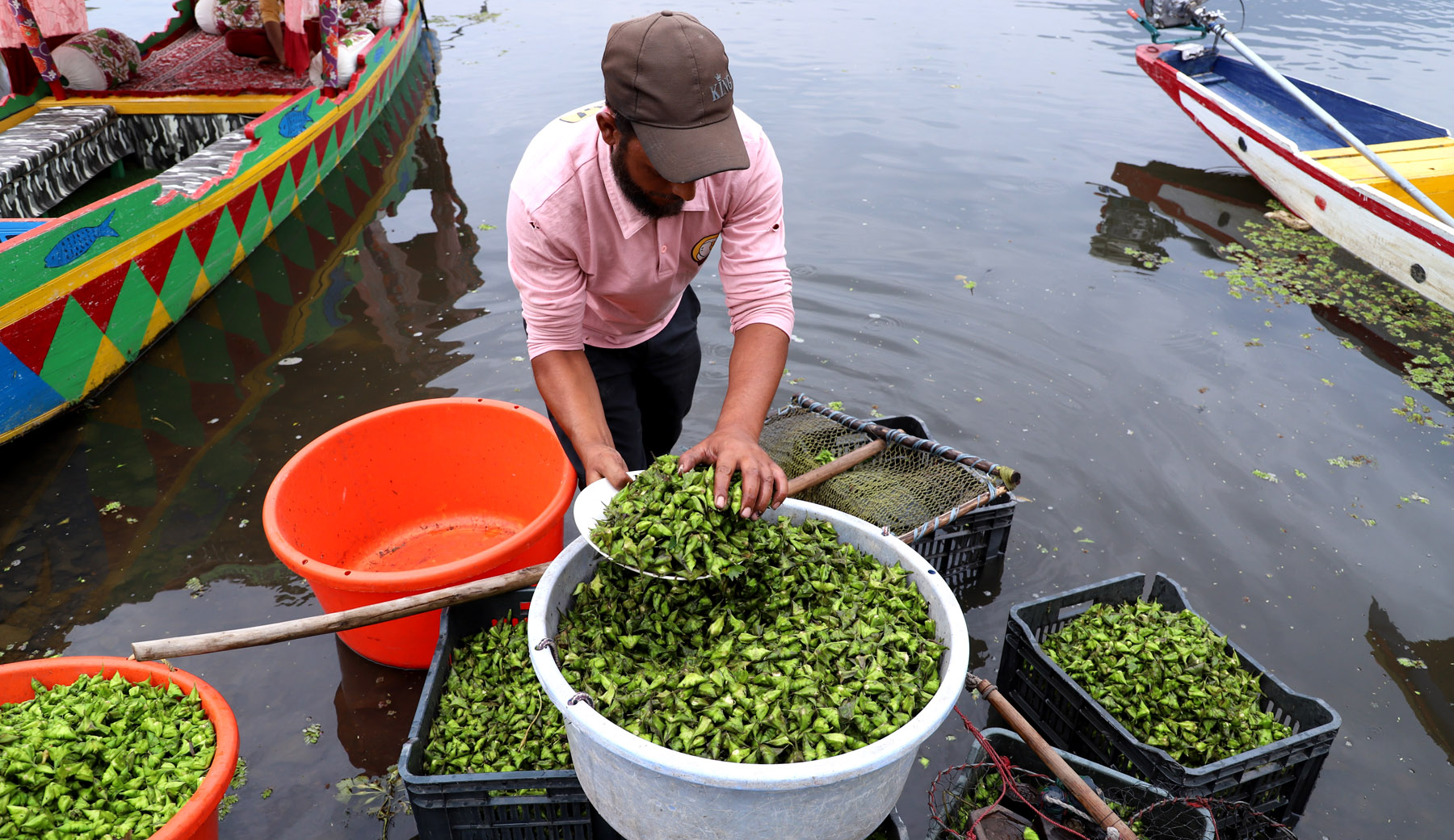
Dar, who is associated with the trade of water chestnuts, says in the last decade, the produce has reduced by 150 per cent.
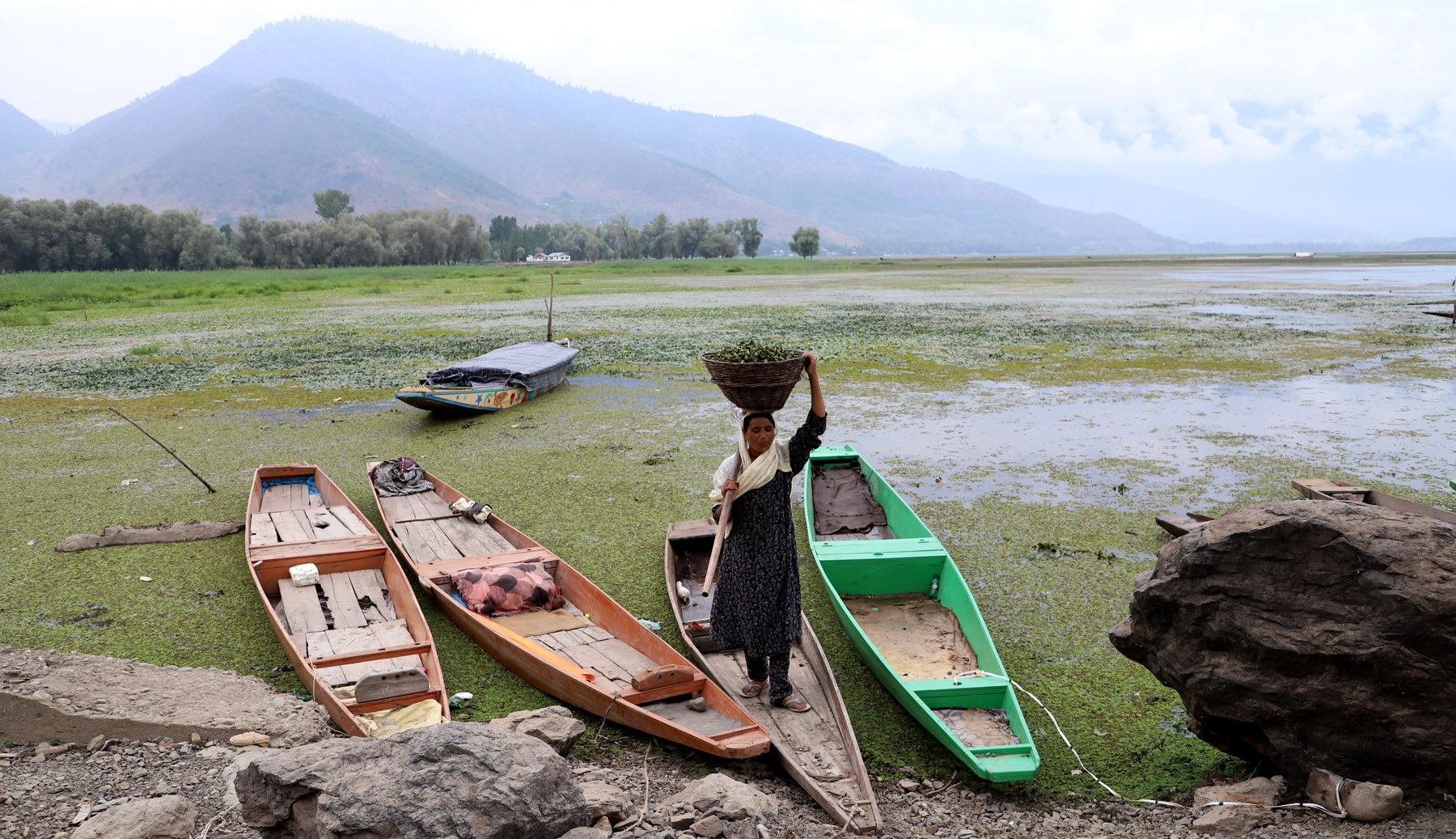
“We used to harvest over three-quintals of chestnuts, but now we hardly harvest around one,” says Dar as he sits in his boat during the early hours to take out chestnuts from the lake. This year, he says the unusually hot winters resulted in receded water levels, affecting the already choked produce.
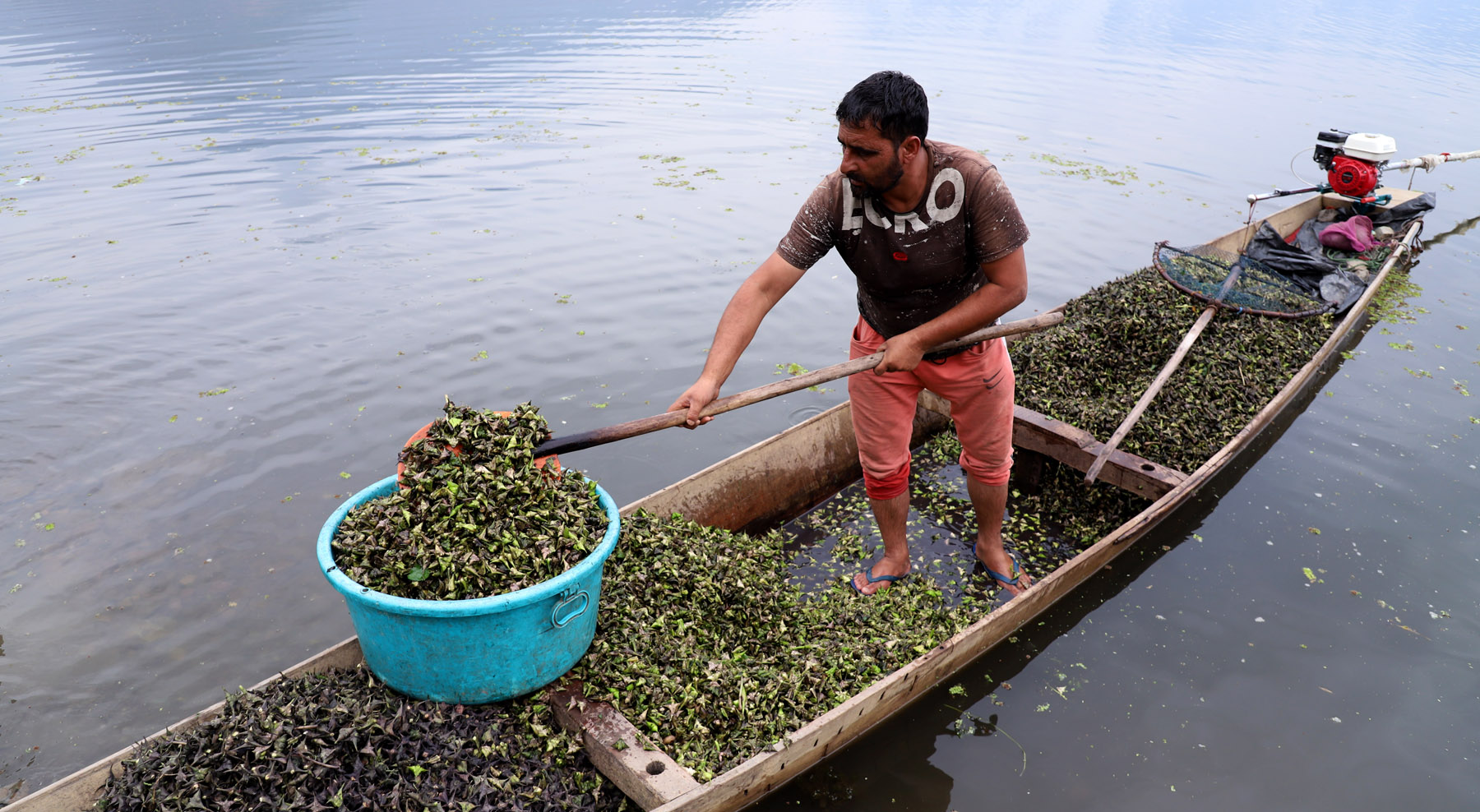
But before the dry winter this year, the unabated flow of wastage, including plastic pollution, has been eating away Asia’s second largest freshwater lake.
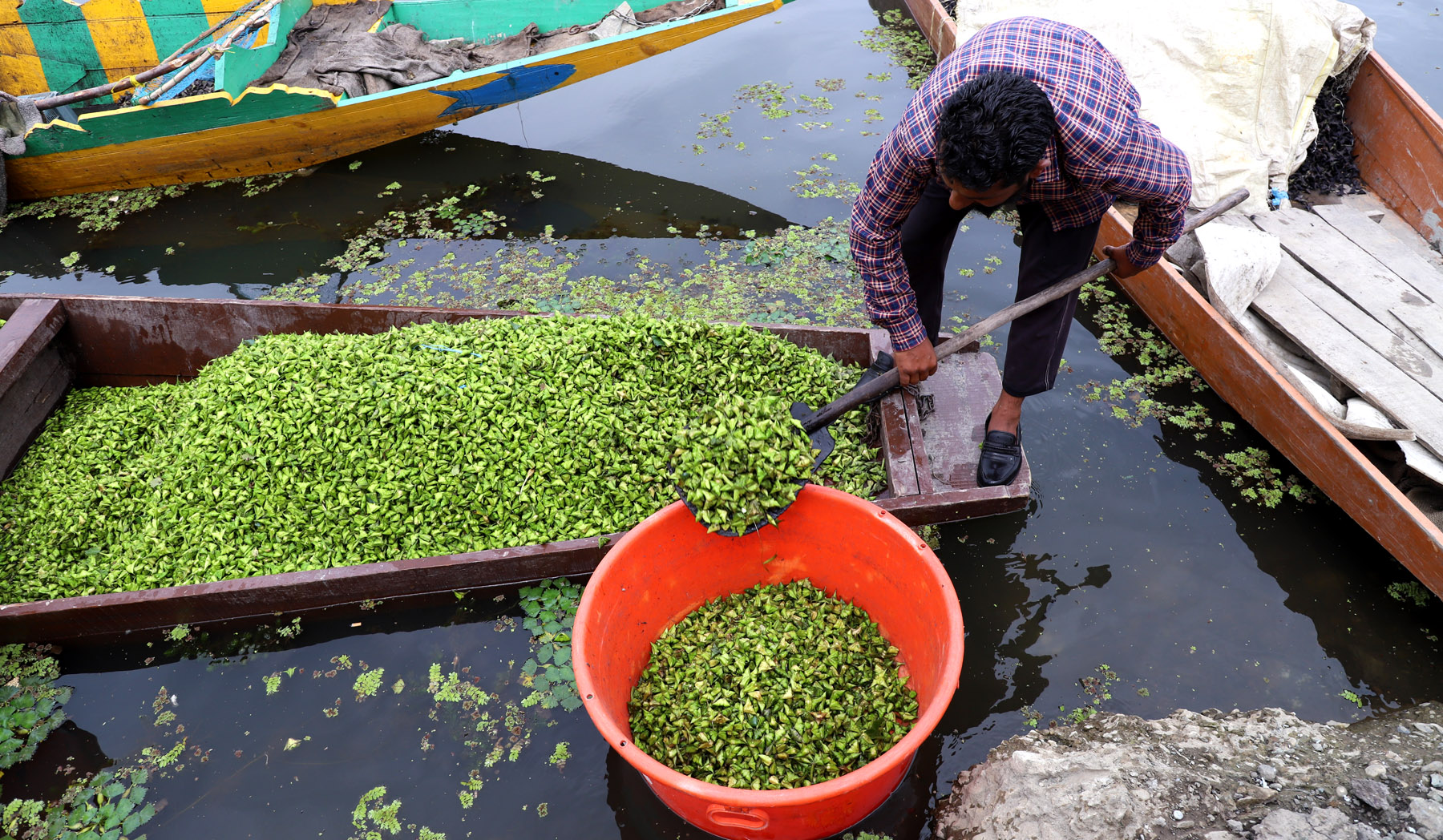
Animal carcasses, polythene, plastic, drainage from the nearby towns and the capital Srinagar flows into the Wular, polluting it to the extent where its aquatic life is threatened and with it the livelihoods of thousands of people, said Mohammad Ashraf, a chestnut farmer from Bandipora.
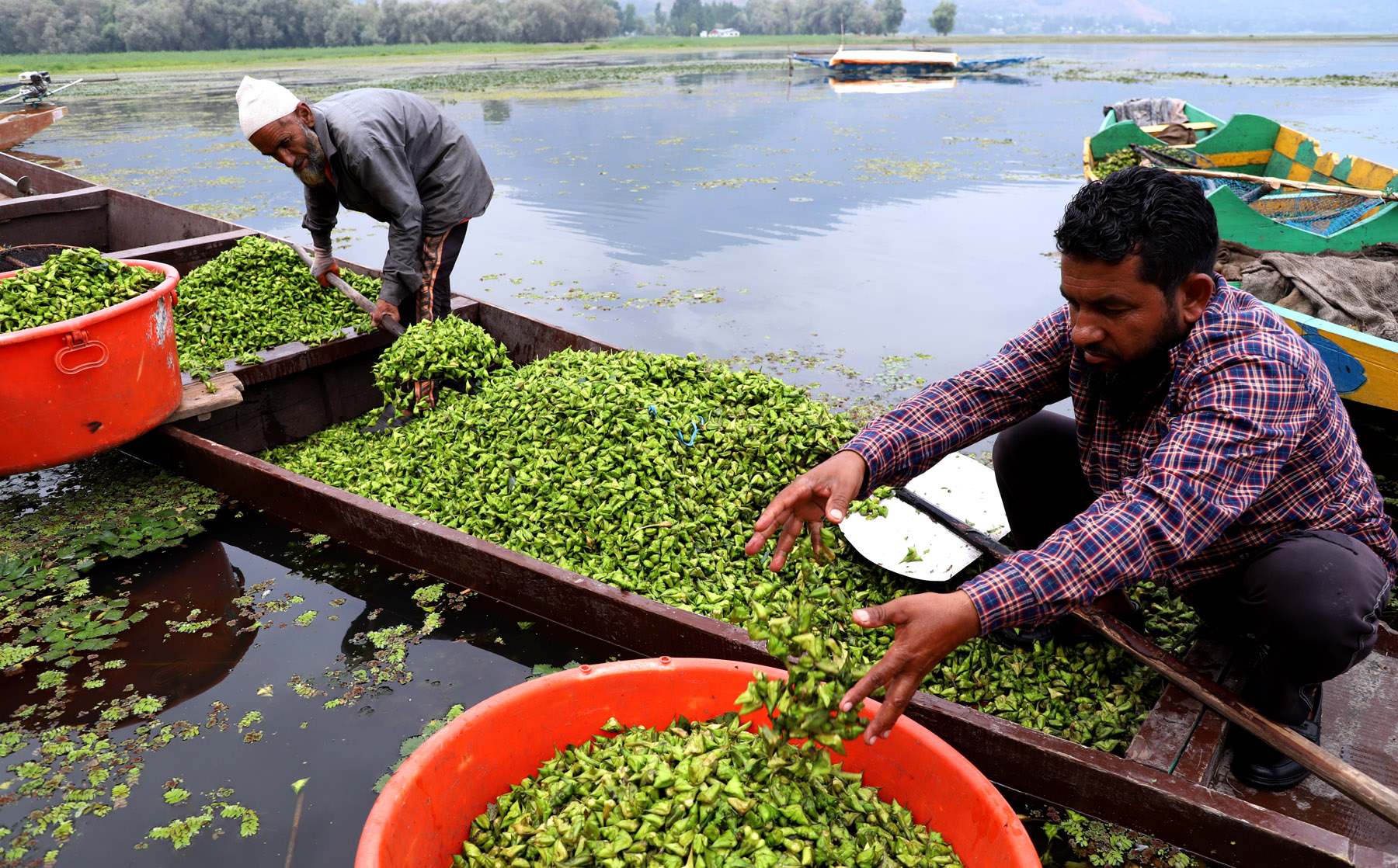
“If the administration maintains its focus on making the lake clean, the aquatic life would be saved, and we will do much better,” Ashraf told Greater Kashmir. Cleaning the lake is indispensable to protect many people’s livelihood, he said.
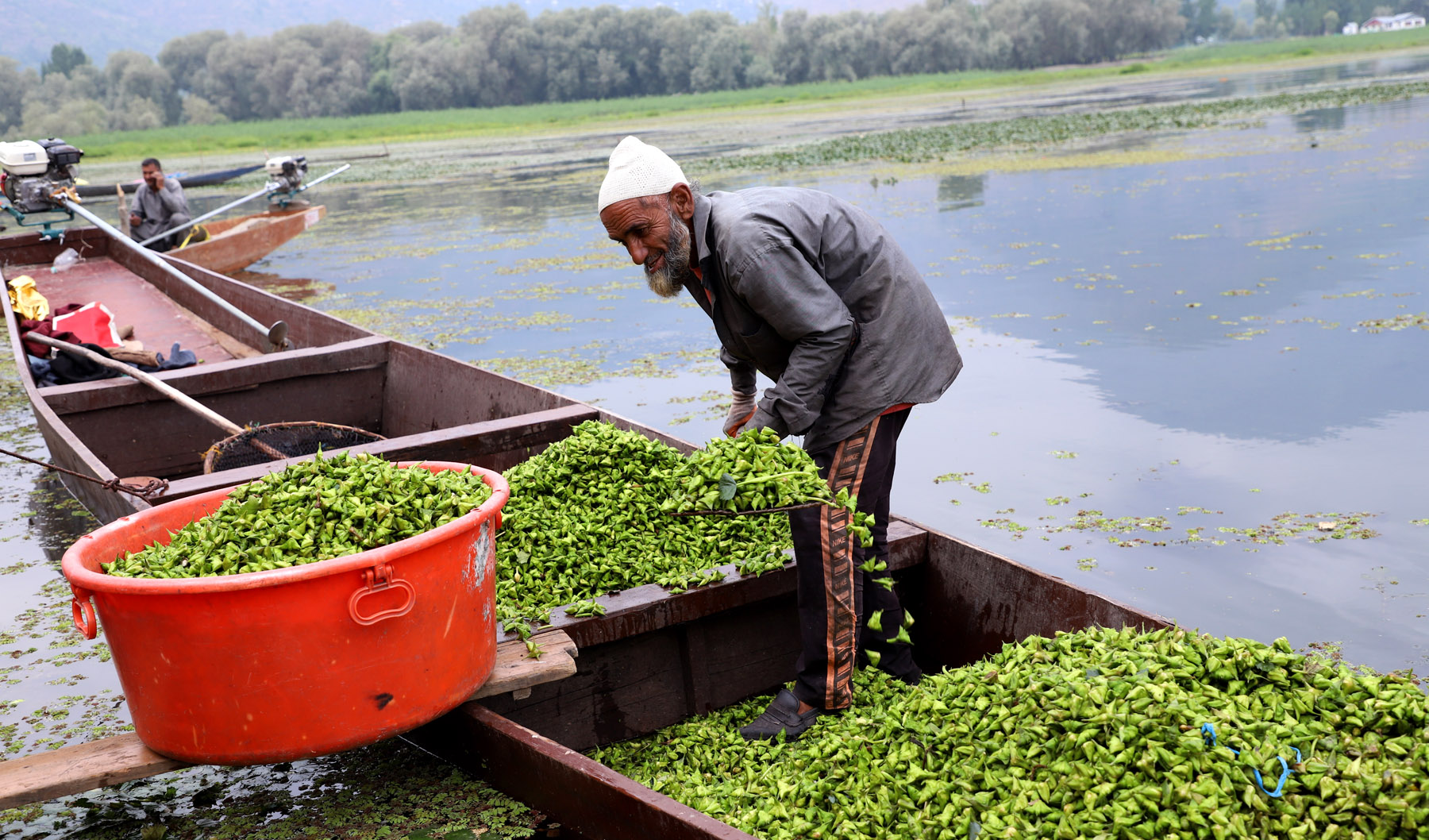
Ashraf, who also earned his livelihood through fishing, says it's been 15 years since he had to leave that gig. “The condition of the lake has worsened in these years,” he laments. The fishes aren’t there anymore, says Ashraf.
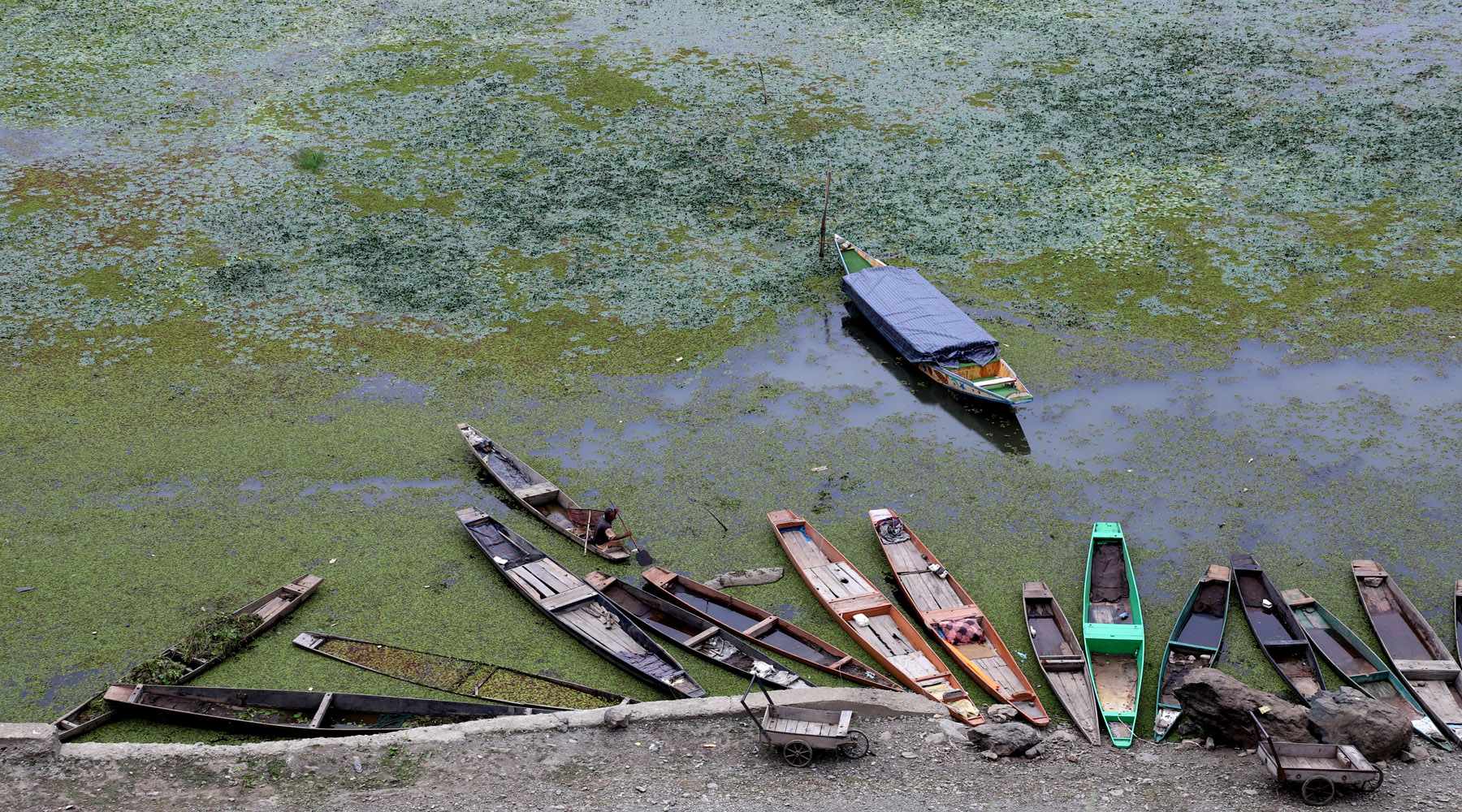
The livelihood of these people depends wholly on the Wular Lake and its aquatic life, for they say, they have no lands to farm upon.
For Mudasir Ahmed, a vendor from Maharajpora Sopore, the Wular Lake is an epitome of God’s grace.
One cannot imagine, Ahmed says, how many people earn their livelihood from the lake.
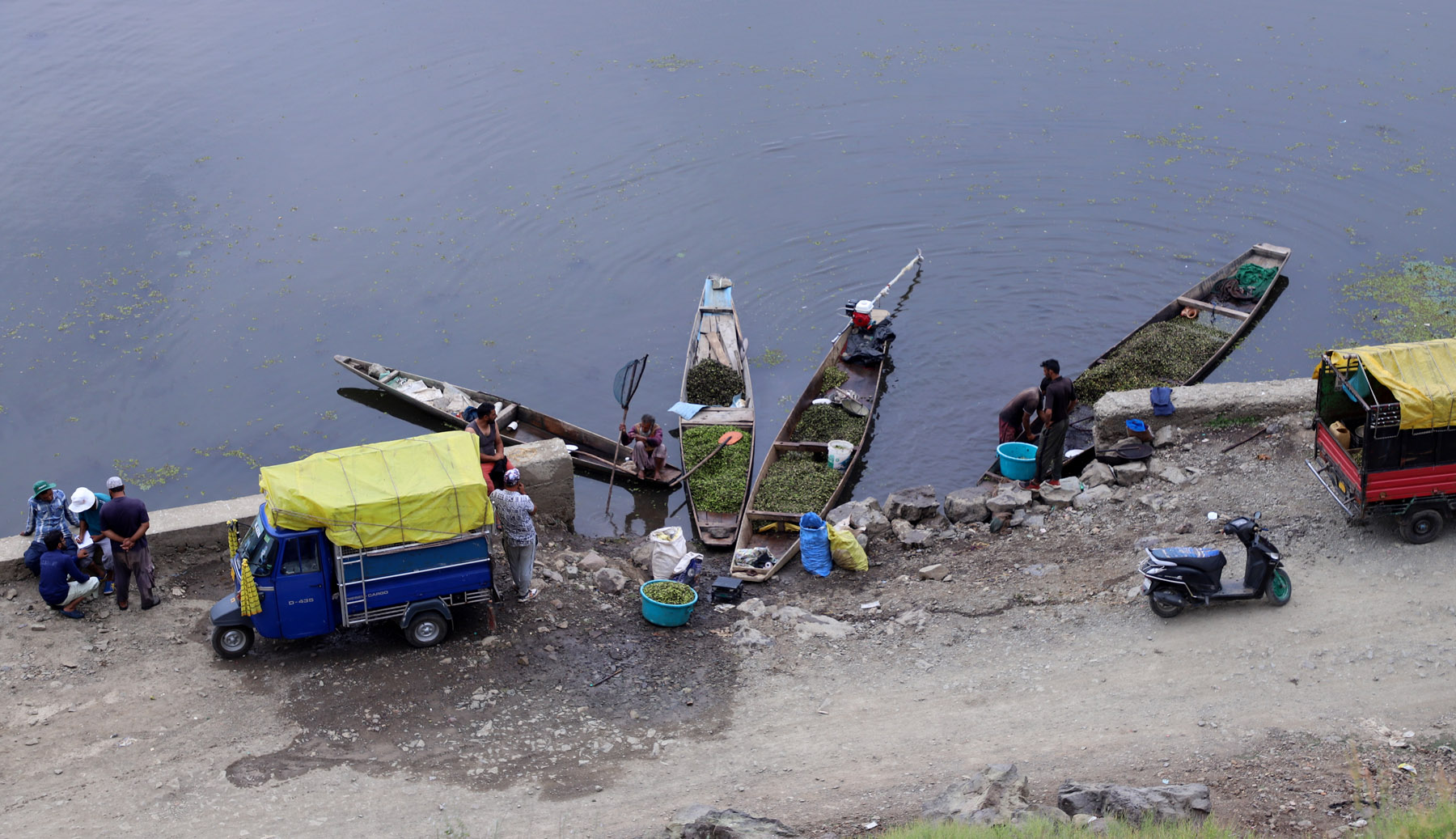
While being grateful to God for the provisions he has given, Ahmed says the responsibility lies on both the state and the people to take care of the lake.
When there is life in the Wular, then only can the people who harvest from it earn and share with others in the economic chain, “and if the lake is left to die, then with it, we will all die,” says Ahmed.
Ahmed is here to purchase chestnuts from the farmers so he can later sell it to the people in the market.
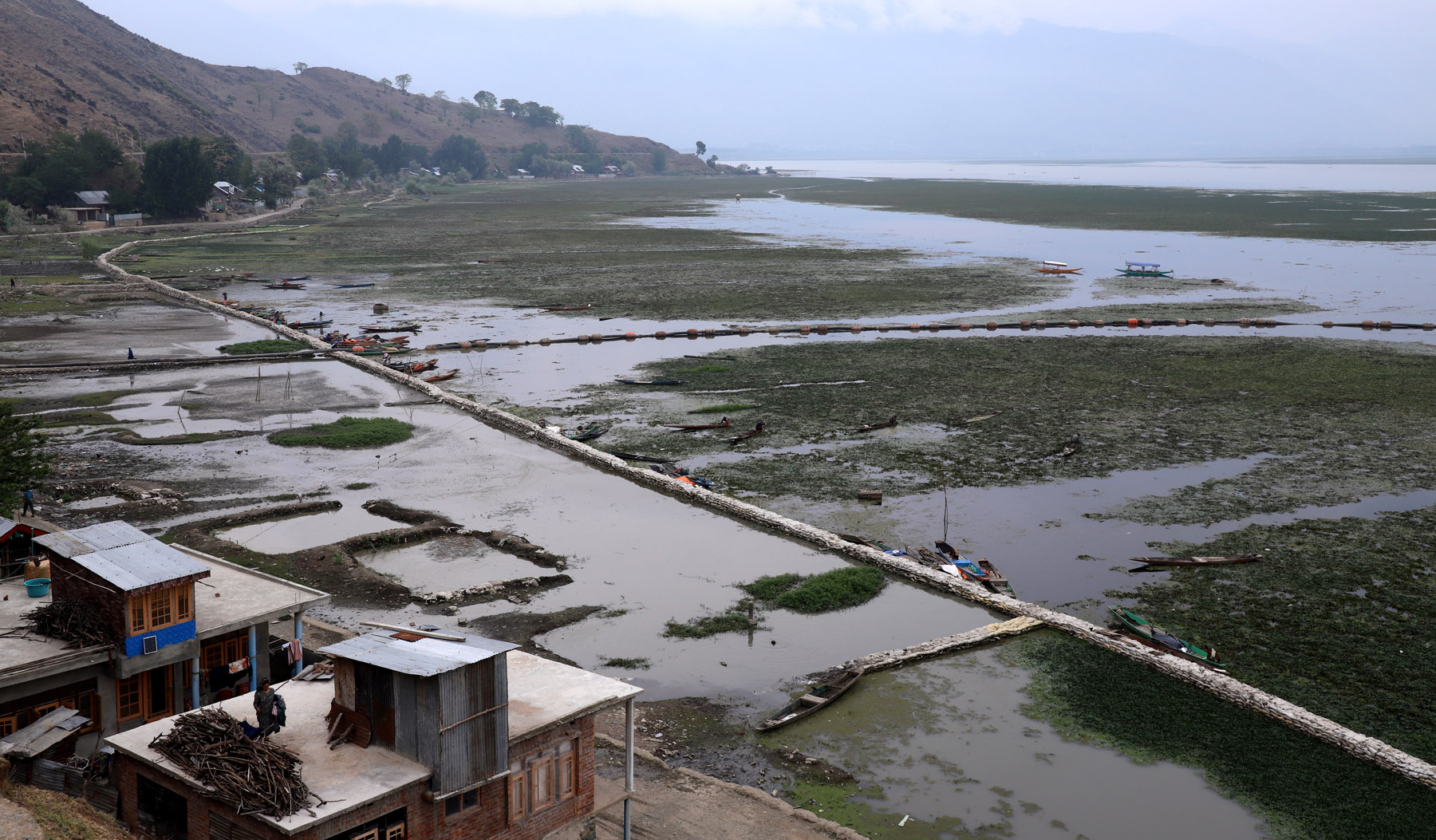
He says the government’s move to increase the fee of chestnut farming and fishing licenses has worsened the situation. It has resulted in many farmers monopolising the market, hence, cutting of shares for many, he says.
“While green chestnuts are a bit higher in price than the black ones, many farmers sell at different, exorbitant rates, demotivating retailers to purchase the stock,” says Ahmed.
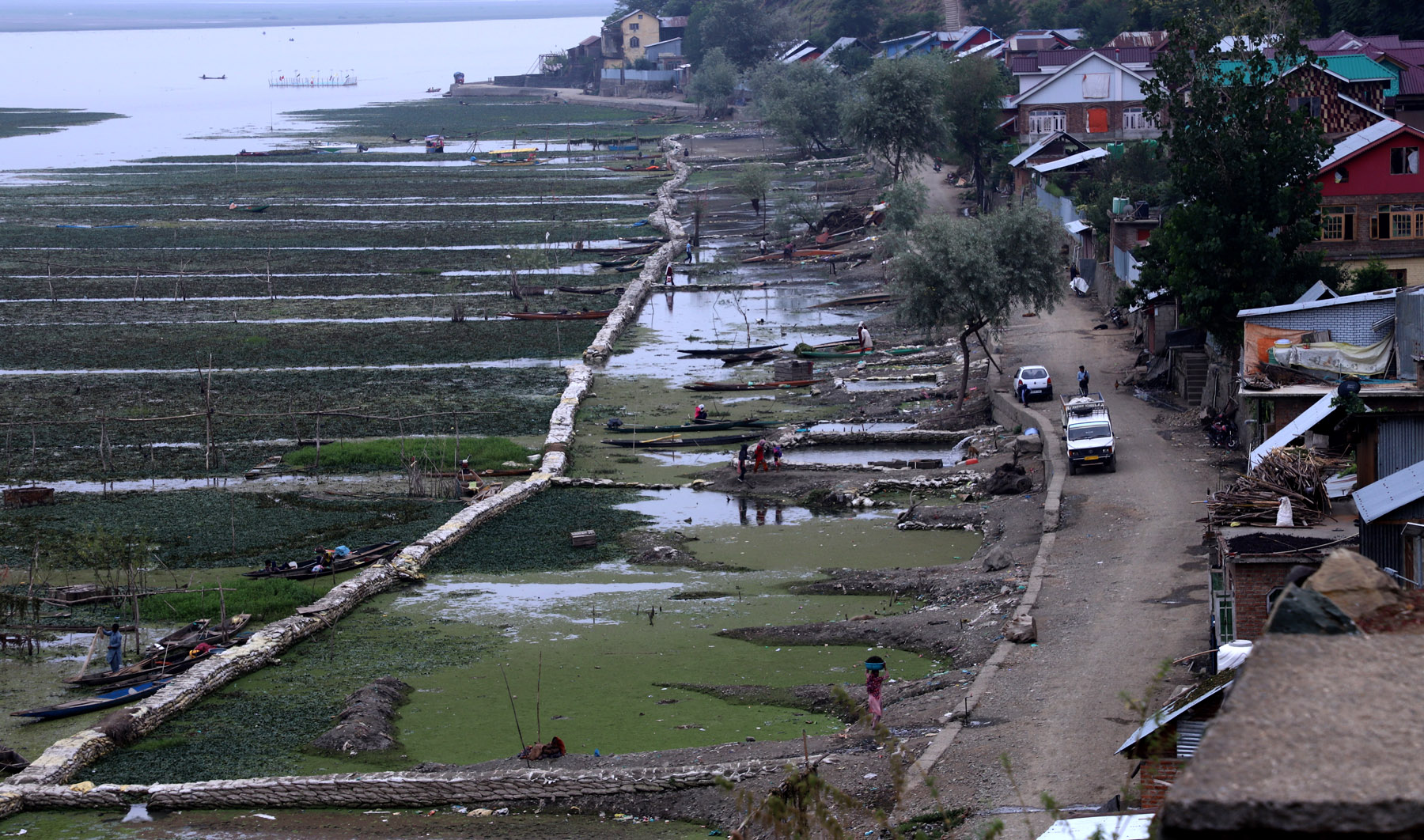
The mouth-watering chestnuts aren’t simply nuts to treat upon, but have many health benefits also, says Abdul Majeed Dar.
From diabetes, to a woman having discharge issues, to someone with a vision problem, these chestnuts, especially green, if taken raw or boiled, can cure these health issues, says Dar. The health benefits, Dar says, have been proven over the years.
However, the thought of losing these gems to the pollution makes these farmers uneasy.
The polythene and plastic sits on the bottom and stop the chestnuts from growing, Dar says.